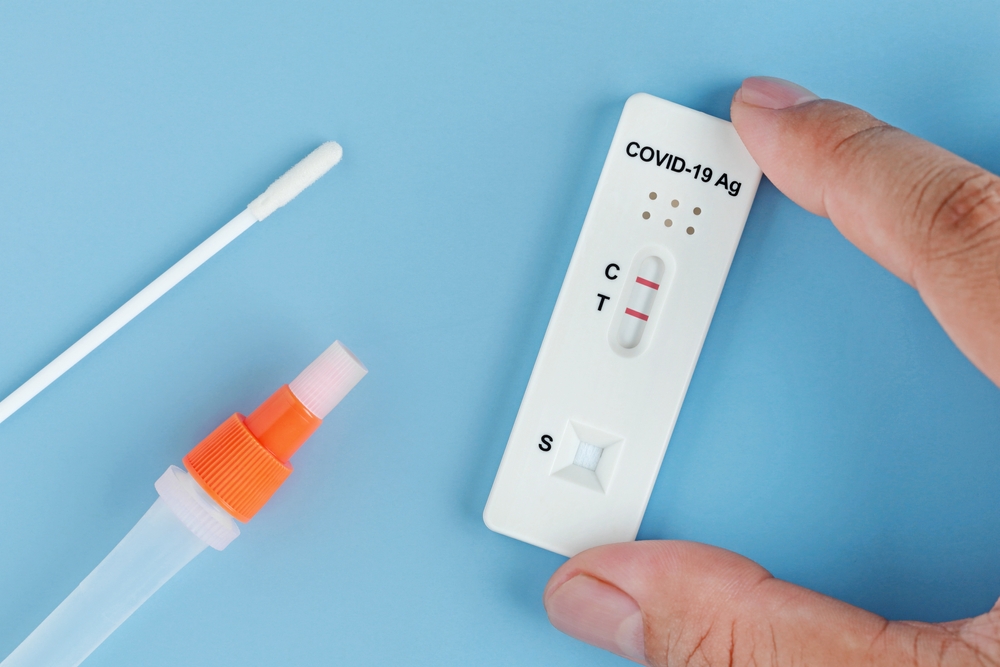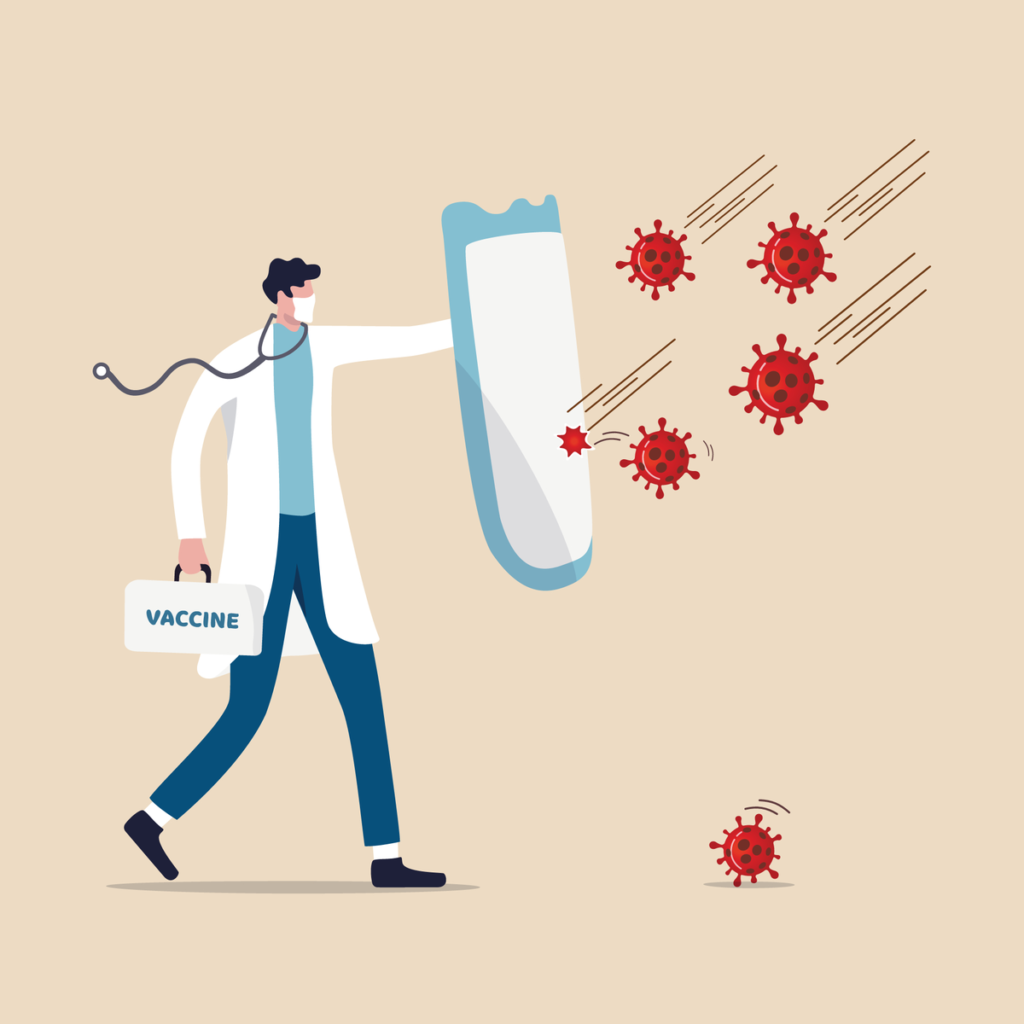6 Key Steps to Avoiding a
CPA Practice Health Crisis
Protecting your CPA Practice from regulatory and compliance risks is very similar to preparing and fighting the COVID battle. While you may have mentally prepared for an inevitable infection, you would probably still have made all plausible measures to mitigate the risks and lessen any losses, when or if an outbreak hits close at home. Similarly, your CPA practice should kickstart preventative controls to manage the impact that a potential inspection may cause.
What remains is determining the set of effective measures that can truly insure your practice.
Our team has come up with 6 EQC Measures that we feel would have been effective in handling the crisis in Hong Kong. We have illustrated parallel preventative and control measures, that your Practice should adopt today to protect your business. We call them our EQC 6-Step Model.
1. Release and standardize easy-to-follow policies and procedures
What should my family do if we test positive? What if I am the only infected family member? Who will be responsible for my case? Who should I contact to be timely released from quarantine isolation camp?
In times of uncertainties, we have many questions. Unanswered questions and uncertainties naturally cause panic. Clear, practical and effective guidelines provide step-by-step procedures while reducing potential impact to daily life. Clear guidelines also allow the public to use their own methods to plan for the worst case scenarios.

What is the equivalent Inspection Measure?
Step 1: System of Quality Management & Anti-Money Laundering Procedures Manual are policies and procedures for CPA firms to follow
We will help you draft a system of quality management manual and anti-money laundering manual. We will provide guidance to you on how to implement and comply with these two manuals with the least resources and time. We will then provide you a list of frequently asked questions on these manuals from the inspection perspective and provide you with model answers.


2. Establish effective communication channels
The administration had an array of communication channels to choose from, yet it relied on daily press conferences to communicate to the public. Who would turn on the TV during office hours to learn about infection numbers, statistics on hospitalized patients and progress updates on the construction of Isolation camps?
Providing relevant information to the public is just as important as the choice on the type of communication channel. Even if you have the most effective policies and procedures in place, the administration needs to have effective communication channels to get in touch with the concerned citizens and ensure that they take the time to sit-down, understand and learn the procedures. Policies and procedures are only effective when users know how to carry them out.

What is the equivalent Inspection Measure?
Step 2. Prepare an All Inclusive Practice Aid for Inspection Preparation
| |
The Essential Practice Aid Manual for CPA Practitioners | |
| |
Why Re-engage When You Can Be Continually Prepared? | |
| |
Defining Excellence in Practice Aids | |
| |
Your Comprehensive Inspection Preparation Resource | |
|
3. Vaccinate the public (proactively)
It’s a known fact that getting vaccinations would not grant you immunization to COVID, however, it has shown to be effective in reducing the severity of symptoms and may well be your only life-saving measure.
The news of discovering and distributing vaccinations was a stimulant to the economy and it gave hope of recovery from the crisis. Yet the public was not convinced that vaccinations were effective as getting inoculated did not prevent infections. Educating the public on the actual benefit of vaccinations proved to be a measure that should have been taken before the start of the 5th Wave of Infections in Hong Kong.

What is the equivalent Inspection Measure?
Step 3. Engage an External Monitor Reviewer as a Risk Management Tool
Similarly, a monitoring review does not help you avoid an Inspection, but it can help your practice lower the risk of severe disciplinary sanctions.
A monitoring review package includes an Ongoing Policy Monitoring Review for a 1-year period and a Completed File Review. In the past, monitor reviewers have only been able to help you identify where the problems are. Not only will we help to identify deficiencies that inspectors would focus on, we will also help you identify areas that your audit team can spend less time on. We will ignore problems that, in our experience, a inspector would also ignore.


4. Adopt risk-based responsive procedures
Leadership should prioritize. When resources are scarce, the administration must prioritize. Since it is known that certain individuals are subject to higher risks of severe and even life-threatening complications, should the Government have prioritized hospital beds and intensive care units to the elderlies and the unvaccinated children?
Understanding the risks and allocating proper resources to address high-risk areas is something that we undertake on daily basis in our lives. If risk-based responses had been implemented right at the start, perhaps the healthcare resources would not have depleted just days into the outbreak.

What is the equivalent Inspection Measure?
Step 4. Draft Customized Technical Memorandums on high-risk areas
We can help to draft technical memorandum on your significant issues. These may include, but not limited to:
- Adoption of new accounting / auditing standards
- Revenue Recognition
- Valuation of Material Assets, such as investment properties, business, shipping vessels
- Justification for acceptance of a new client when prior period opinions are modified
- Justification for going concern basis
These memorandum can help to concentrate all your objectives, risk assessment, application of accounting standards, internal control understanding, audit procedures and analysis of results and findings in one lengthy audit documentation, and thus allow easier review by AFRC inspectors, and they will not ask you to identify where the documentation is done on specific audit procedures relating to this significant risk area.
5. Acknowledge and promote self-monitoring
At the start the Chinese New Year Holidays, you probably had foreseen an exponential growth in infection numbers. Leaving your home to get tested, while waiting for the Government to validate your positive testing result using PCR testing methods was probably one of the key factors in exacerbating the crisis that was already spiraling out-of-control.
The acknowledgement and use of effective self-monitoring tools (such as rapid testing kits and OTC medicine packs) would have avoided bottlenecks in getting treatment to the high-risk individuals whom mostly urgently needed medical care. Dispensing these tools efficiently and giving clear instructions on the use of these kits and medicinal packs would have been equally important.

What is the equivalent Inspection Measure?
We provide with a step-by-step guidance on how the AFRC conducts inspection starting from the notification email, to how the forms should be completed at each stage of the inspection. We will provide you with illustrative wordings that are customized to your practice’s operations, client portfolio, size, number of employees and complexity of audit clients’ businesses.
We will give you a written deliverable in the form of a Practice Aid (See Step 2), that will demonstrate to you the type of questions that the inspection team may specifically challenge regarding your practice’s SoQM, AML, Ethics, Engagement Files, Client Acceptance procedures, and more. This will give you a peace of mind that when, or if, your practice is selected, then you will know exactly what to do, and how to prepare for it even before the email is sent to you.

6. Design and utilize automated tools to reduce error rates
Only after the infection numbers have peaked in Hong Kong, did the administration decide to launch a website for the reporting of self-tested positive results. The chaotic exchange of patients’ information between the fire service department, CHP hotlines, on-site compulsory testing officers and the administration had worked havoc upon responses that were often found to be illogical and impractical.
You probably have heard stories of uninfected family members receiving multiple tracking wristbands, and compulsory isolation orders given to parents leaving uninfected children unattended at home. The reliance of technology and automated tools can help prevent and reduce simple errors that do not involve any professional judgement by front-line workers. Establishing causal relationships would help ensure that the right responses are made when certain conditions are present.

What is the equivalent Inspection Measure?
Step 6. Our Audit Program 3.0 can help you reduce error rates
The lowest cost of a full-time audit junior would be around HK$13,000 per month, assuming a 5-day work-week, the time cost would be HK$590 per work-day. For a set of well-documented audit programs, there are roughly 200 pages per audit engagement, would it be safe to assume that a very competent audit junior may take up to 6-8 hours to fully complete them? This is equivalent to HK$440 to HK$590 of time cost.
Putting the many uncertainties aside, some of which may include a shortage of audit juniors, language barriers, poor written English, mounting training costs for inexperienced audit staff, lack of audit concepts and their frequent non-compliance with auditing standards. We can go on and on.
We are pleased to introduce our game changer: Audit Program 3.0. A custom-prepared 200-page audit program specific to the details of your audit engagement. An editable excel file will be provided to you, with a system modified date that is dated well before your archive due date – from as low as HK$300 per audit engagement for bulk purchases of 500 or more credits. (Original price is HK$600 per credit for 100 audit engagements).
You no longer have to pay hefty upfront costs to buy working paper templates or audit software, which would still require an additional budget for training and audit inefficiencies, and more often than not, these trained staff may “jump-ship” to other firms after a short period of employment. Imagine all the recurring fixed costs that you can start saving today
